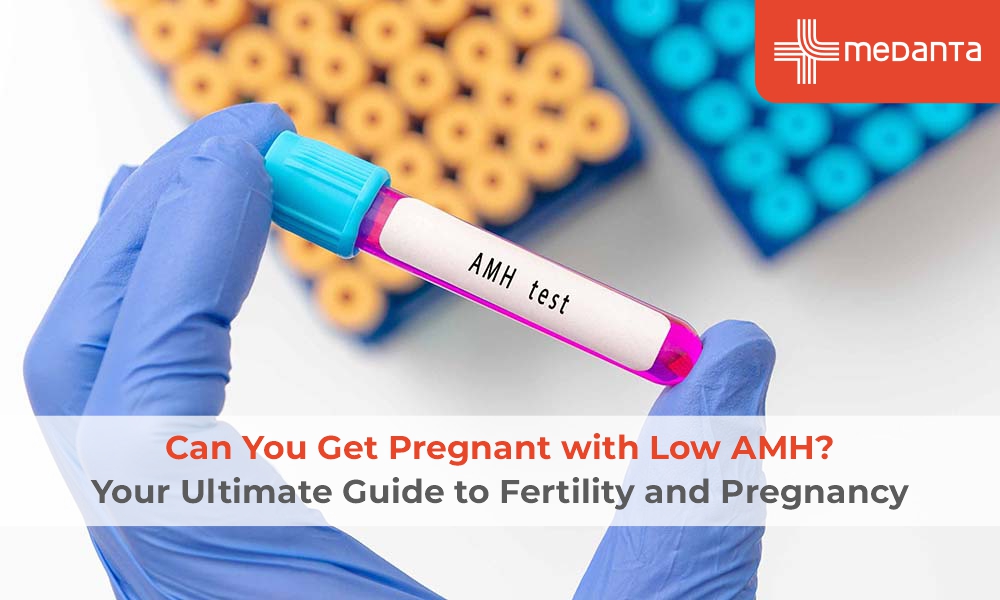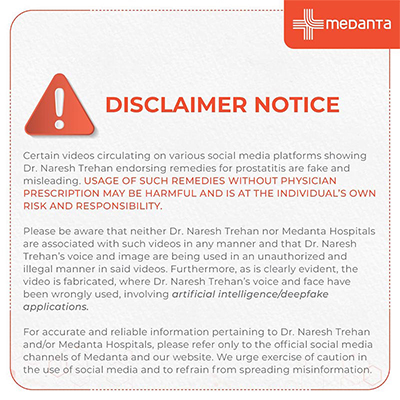How Long Does It Take to Recover From an ALLOGENEIC Bone Marrow Transplant?

TABLE OF CONTENTS
Recovery after a hematopoietic stem cell transplant or Bone marrow transplant marks the beginning of a significant journey that can extend up to a year. During this critical period, patients face several challenges, including a mandatory 100-day isolation phase as their new immune system begins functioning.
The transplant process affects various aspects of life, from physical health to mental well-being. Patients need to take extra precautions against infections as their immune systems gradually rebuild their strength.
Follow Up and Care When You Go Home
Patients should stay near the hospital for the first 100 days after discharge. After this, patient can return back to his/her home-town and can stay in contact with local physician along with the transplant physician.
Regular medical check-ups form a crucial part of post-transplant care. Initially, patients attend weekly appointments, which gradually become less frequent based on their recovery progress. These visits allow doctors to monitor blood cell levels & assess the effectiveness of the treatment along with monitoring of various organ systems and infections. The transplant team monitors various aspects of recovery, particularly for signs of graft-versus-host disease in allogeneic transplant recipients.
Blood transfusions might still be necessary after returning home. Subsequently, patients must carry a special card indicating their need for irradiated blood products to prevent adverse reactions. This requirement typically lasts for about a year.
Maintaining a clean-living environment becomes important to avoid infections. Avoid house cleaning that will disturb dust and mold, causing it to aerosolize (such as vacuum cleaning, dusting, and scrubbing down showers). Dust attached to surface is not dangerous but dust once aerosolized is very dangerous. So, wet mopping is allowed instead of dusting.
Dietary considerations play a critical role in recovery. No raw food, only freshly prepared cooked food is allowed (Cooked within 4 hrs). Raw vegetable or salad or fresh juice or dry-fruits or curd or yogurt or sauce or pickle is not allowed.
Personal hygiene requires special attention. Thorough hand washing is crucial. Oral hygiene is also important- Do mouth wash three times daily. Patients should use mild soaps and shampoos, apply sunscreen with SPF 30 & avoid direct sun exposure for at least one year. Additionally, they should postpone activities like manicures, pedicures, and tattoos until their immune system recovers fully.
Recovering After a Donor (Allogeneic) Transplant

Physical recovery takes time. Throughout this period, patients might face several challenges:
Immune System Rebuilding: The body rebuilds its immune system from scratch, making patients highly susceptible to infections for several months.
Physical Weakness: Many patients experience extreme fatigue, nausea, and vomiting in the first week.
Respiratory Issues: Some patients require supplemental oxygen whilst their lungs recover.
Graft versus host disease. It can be acute or Chronic GVHD. It can affect skin, liver or develop diarrhea. Sometimes, it can effect lungs or mobility of joints.
A significant milestone occurs when the donated cells begin producing new cells; a process called engraftment typically happens between days 15 and 30. After engraftment, patients often leave the hospital yet must remain nearby for one to three months.
Feeling Very Tired (Fatigue)
Fatigue after a stem cell transplant differs markedly from ordinary tiredness. Rather than simply feeling worn out, patients experience profound physical and mental exhaustion that persists despite adequate rest.
This overwhelming exhaustion manifests through various symptoms:
Persistent tiredness upon waking
Exhaustion after minor tasks like watching television
Daytime drowsiness requiring naps
Disrupted night-time sleep patterns
Decreased motivation and concentration abilities
Pre-transplant conditioning therapy emerges as a primary cause, alongside potential hormone changes affecting thyroid function, vitamin D levels, and sex hormones. Furthermore, medications, pain, and emotional distress can intensify fatigue symptoms.
Older patients and those with lower pre-transplant fitness levels typically experience more severe fatigue.
Reducing Your Risk of Infection
The immune system's recovery follows a distinct pattern. In the first 30 days, patients face risks from bacterial infections, primarily from Staphylococcus and Enterococcus species. Afterwards, viral infections like cytomegalovirus and Epstein-Barr virus become more prevalent. The patient should include the following preventive strategies to reduce their risk of infection:
Maintaining proper hand hygiene stands as the most effective defence against infections. Patients must wash their hands thoroughly, especially:
Before meals and after using the restrooms
After touching public surfaces
Before and after wound care
Upon returning home from outside
The living environment requires careful attention. Indoor plants must be removed as Aspergillus species have been isolated from potted plant soil.
Daily skin inspection becomes crucial, primarily focusing on areas prone to infection, like catheter sites and the perineum.
Dental care requires particular attention,
The recovery of specific immune components varies significantly. Natural killer cells typically return to normal levels within one month. However, B-cell immunity remains compromised for 1-2 years due to insufficient CD4+ T-cell signalling.
Going Back to Work, College, or School
The decision to return to work, college, or school after a bone marrow transplant requires careful consideration. Most patients need approximately one year after engraftment before resuming their everyday routines. Throughout this period, physical stamina, emotional readiness, and workplace support play vital roles in determining success.
Many recipients opt for a gradual return strategy. Working from home or arranging home tutoring is an effective stepping stone towards full-time commitments. Fatigue remains a significant consideration when planning work schedules.
Conclusion
Bone marrow transplant recovery demands patience, dedication, and careful attention to health protocols. Usually, patients need a full year before fully recovering, though individual experiences vary significantly. The first 100 days prove most critical, requiring strict adherence to infection prevention measures and frequent medical monitoring.
Physical challenges like fatigue and immune system rebuilding affect daily activities throughout recovery. Patients must adapt their lifestyles, following specific dietary guidelines and maintaining rigorous hygiene practices. Success rates show encouraging results, with many recipients returning to work or school within two years of transplant.
Support from medical teams, family members, and employers plays a vital role during recovery. Regular check-ups help track progress and address complications early. Though the journey presents numerous challenges, proper preparation and adherence to medical guidelines significantly improve outcomes. Patients who understand their limitations and maintain realistic expectations generally experience smoother recovery paths.
The transplant journey transforms many aspects of life, often leading to new perspectives on health, relationships, and personal priorities. While complete recovery takes time, most patients successfully rebuild their strength and return to fulfilling lives with their renewed immune systems.






